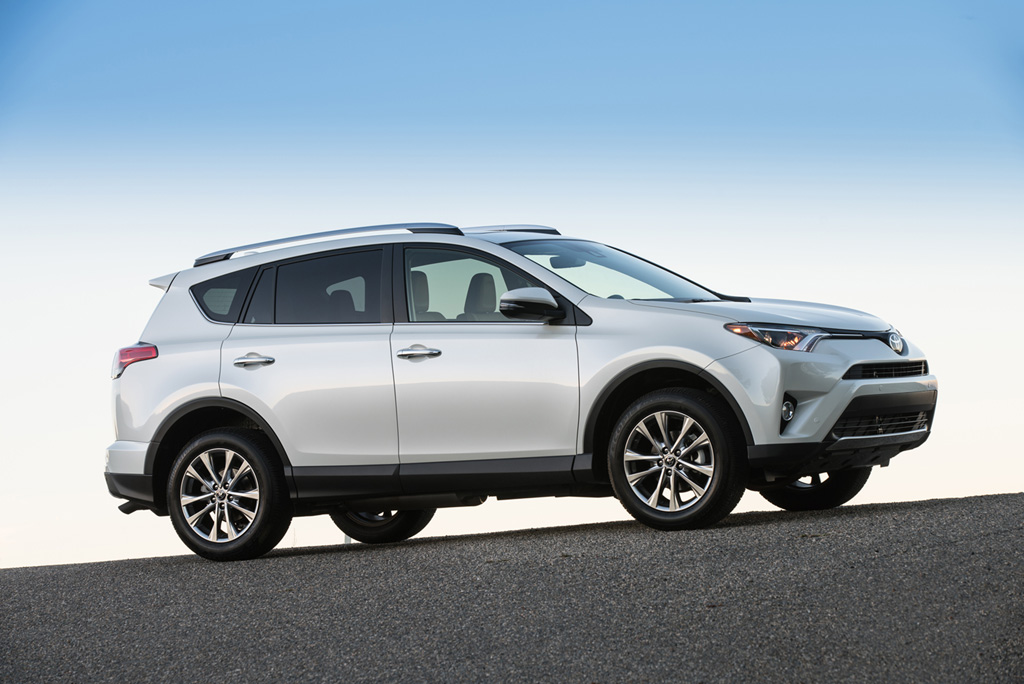It’s difficult to find a true ‘gas guzzler’ among today’s fleet
of new cars, trucks and crossovers
By Jim Gorzelany
CTW Features
Though big truck and SUV sales are booming, it doesn’t necessarily mean the nation’s gas pumps are draining at a considerably quicker rate.
That’s because despite a shift in consumer sentiment, automakers are largely remaining on track with regard to increasingly strict federal fuel economy regulations. For example, the average fuel economy of new vehicles sold in the U.S. during March 2016 was 25.3 mpg, according to the University of Michigan Transportation Research Institute, which not only remained unchanged from February’s figures, but is 5.2 percent better than it was in October 2007 when the organization began keeping tabs on auto efficiency.
What’s more, a recent report conducted by the Consumer Federation of America in Washington, D.C. determined that more than half of all car and truck lines sold in the U.S. now meet or beat the national fuel economy standards. For 2016, so-called CAFE standards (it stands for Corporate Average Fuel Economy) require automakers to obtain an average 35.5 mpg across all of its light-duty vehicle lines in the U.S., or at least according to the convoluted methods in which mileage is computed for this purpose.
“Fuel efficiency increasingly comes standard with new cars, trucks, and SUVs,” says Jack Gillis, the CFA’s director of public affairs author of the annual new-vehicle guide, The Car Book. “Even if you’re in the market for a large pickup or SUV, you’d have to go out of your way to find a true gas guzzler.”
And while new-car shoppers’ tastes are changing, automotive engineering is able to keep up with the shift in demand. Models rated at less than 16 mpg now represent just 4 percent of the nation’s new-vehicle fleet, according to the CFA, compared to nearly a third of the market in 2008. The number of models that garnered 30 mpg or more currently account for 13.4 percent of the nation’s fleet, which is up from 11 percent last year and a mere one percent back in 2008.
Not coincidentally, higher federal fuel economy regulations begin phasing in next year, with an average 54.5 mpg for all cars and trucks being the goal by 2025.
That may sound like a Mount Everest-like climb, but the CFA found that some automakers are already getting a head start with select new or fully redesigned 2016 models.
These include top-sellers like the Toyota RAV4 crossover, Chevrolet Cruze compact, and Chevy’s Malibu Hybrid midsize sedan, which the CFA says already meet standards scheduled to go into effect for the 2021 model year and the revamped Honda Civic and new Scion iA (soon to renamed the Toyota iA) that will remain compliant through 2023. A few electrified models, including the Chevrolet Volt plug-in, Chevrolet Spark EV, Smart ForTwo EV, and Toyota Prius hybrid are good to go through 2024.
Among big trucks, Ford’s top-selling F-150 — cast in lightweight aluminum and powered by a new generation of high-tech engines engineered with fuel-savings in mind — meets or exceeds pickup standards through 2021.
While affordable gas prices have some industry experts wondering if the 54.5-mpg fuel economy standards should be rolled back, organizations like the CFA would prefer regulators and automakers both stay the course. “We already have immensely popular cars and trucks that meet and beat the standards 13 out of the 14 major world-wide auto companies agreed to in 2012,” Gillis says. “So it’s hard to see any reason to slow down on fuel economy.”
© CTW Features

